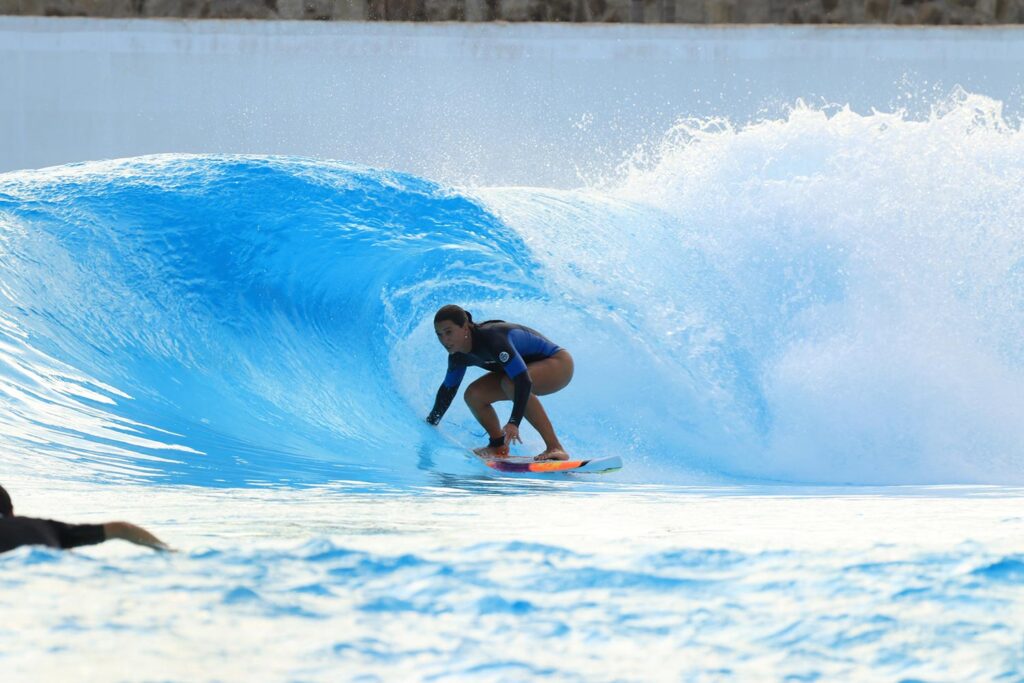
27 May, 2024
· 0 comments
We all must do our part and live a more sustainable lifestyle. This is even more true for surfers, since we depend on the ocean and its waves and we are closely connected to nature in general. We have a connection that is increasingly threatened by environmental imbalance. The polar icecaps and glaciers keep melting at alarming rates, and the resulting rise in seal level threatens many of the waves we know today (among other natural consequences).
At Calima Surf, we want to defend this cause.
From November 30 to December 11, 2015, the United Nations Conference on Climate Change in Paris (COP21) will take place. One of the main objectives to be tackled is keeping global warming below 2°C until the end of this century.
With the increasing number of surfers each year and spots increasingly crammed with the resulting crowds, we are worsening the environmental impact we have on marine ecosystems. The surf industry is growing and affecting the environment more than ever before.
Although it’s impossible to know the exact number of surfers in the world, there are an estimated 17 to 23 million surfers on the planet.
If we look at the surf industry, we can see that there are several things that we should change in order to take care of and preserve what we know and enjoy today.
Con este aumento de surfistas anuales, aumenta la demanda de todo el material necesario para llevar a cabo la actividad.
400,000 surfboards are made each year to keep up with growing demand. These boards are made of foam and synthetic resin. During manufacture and shaping of the board, 20% of the foam used is thrown away and ends up in landfills.
Luckily, there are great alternatives in the practice known as “Eco Surf”. Since a few years ago, there have been substitutes for fiberglass and styrene that can be obtained from bamboo, cork and natural ingredients, making these solutions very eco-friendly.

— If you are thinking about buying a surfboard, don’t miss this article(6 Recommendations When Buying a Surfboard).
The wetsuits that we wear when we surf are made of neoprene, a material that is not very environmentally friendly, since it is a member of the synthetic rubber family; in other words, toxic materials derived from petroleum which are hard to recycle. Around 250 tons of neoprene waste and fragments are thrown away each year.
Some brands and companies have starting to use alternative materials thanks to new and innovative technologies. Currently, you can find surfing wetsuits that are practically neoprene-free. Some are made from limestone, with 80% of their production independent of petroleum.
Others are made of a type of rubber derived from the Guayule plant (a plant that grows abundantly in the southwest of the United States). Aside from almost eliminating the use of neoprene, they absorb carbon dioxide while growing.
The vast majority of the organic components in paraffin wax come from petrochemical products. 6 million bars of paraffin are used each year by the surfing community. Luckily, there are some brands that are already beginning to manufacture it with natural, nontoxic products like beeswax, in some cases eliminating the use of petrochemicals in production. Calima surf school in Famara paradise
It’s important to protect yourself with sunscreen and solar filters during the hours you will be surfing. Unfortunately, each year 6,000 tons of sunscreen end up in the oceans, affecting coral reefs all over the world because they contain compounds like oxybenzone which cause coral bleaching.
It’s important to keep in mind the different components in these sunscreens, since many of them contain substances that are toxic for our bodies.
Regarding wave pools, there is a big ongoing debate. Many think that it takes away the natural essence of surfing, but could they be a way of thinning out the increasingly overloaded beaches?
Comments
Leave a comment
Your e-mail address will not be published. Required fields are marked with *.